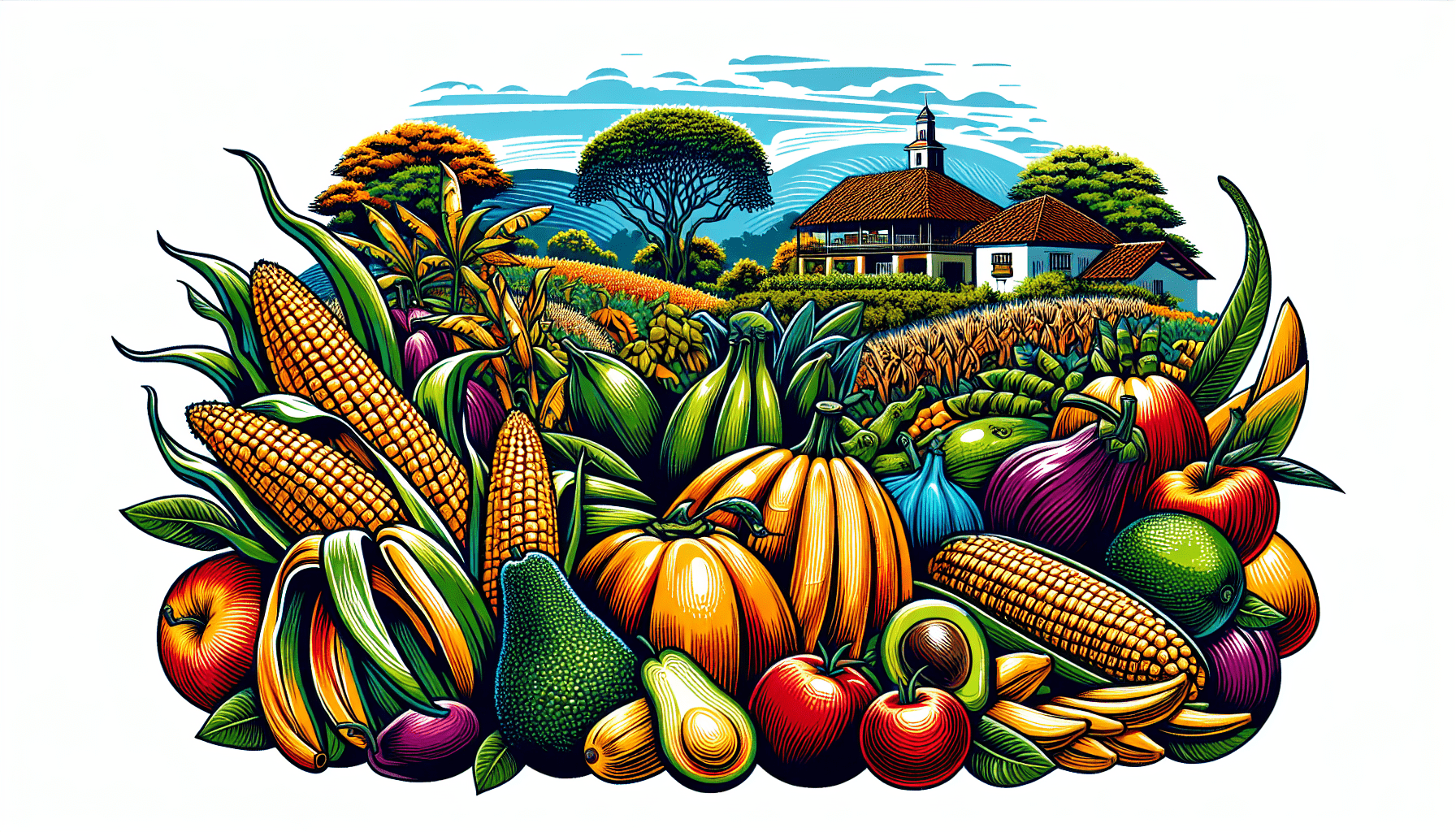Have you ever wondered about the delightful variety of dishes that Nicaragua has to offer? From traditional staples to unique delicacies, Nicaraguan cuisine is a true reflection of the country’s rich agricultural biodiversity. Whether it’s the prized Nacatamal, a flavorful combination of corn masa and a savory filling wrapped in banana leaves, or the indulgent vigorón, a hearty dish made with yuca, cabbage, and crispy chicharrón, each plate tells a story of the vibrant flavors and ingredients that make Nicaragua’s food scene truly exceptional. Get ready to embark on a culinary adventure as we explore the Nicaraguan dishes that perfectly showcase the remarkable agricultural diversity of this beautiful country.

Introduction
In Nicaragua, the culinary landscape is a true reflection of the country’s rich agricultural biodiversity. The traditional dishes of Nicaragua are not only delicious but also highlight the diverse ingredients that are grown and harvested in the region. From Gallo Pinto to Tajadas, each dish tells a story of the country’s history, culture, and flavors. In this article, we will explore some of the most prominent Nicaraguan dishes and delve into the ingredients, preparation methods, and significance behind each one.
Gallo Pinto
Overview
Gallo Pinto is the quintessential breakfast dish in Nicaragua. It is a hearty combination of rice and beans, typically cooked together with onions, garlic, and spices. This flavorful dish is a staple in Nicaraguan households and can be found in almost every restaurant across the country. The unique blend of rice and beans creates a satisfying and filling meal that is enjoyed by people of all ages.
Ingredients
To prepare Gallo Pinto, you will need cooked rice, cooked black beans, onions, bell peppers, garlic, cumin, salt, and vegetable oil. The ratio of rice to beans can vary depending on personal preference, but a common ratio is one part rice to two parts beans.
Preparation
To make Gallo Pinto, start by sautéing chopped onions, bell peppers, and garlic in vegetable oil until they are soft and fragrant. Add the cooked rice and beans to the pan, along with cumin and salt. Stir everything together and let it cook for a few minutes, allowing the flavors to meld together. Serve it hot and enjoy the delicious combination of rice and beans.
Significance
Gallo Pinto represents the heart and soul of Nicaraguan cuisine. The dish is not only a source of sustenance but also a symbol of national identity. Rice and beans are widely grown in Nicaragua and have been a vital part of the country’s agricultural landscape for centuries. Gallo Pinto showcases the importance of these staple crops and their integral role in the local cuisine.
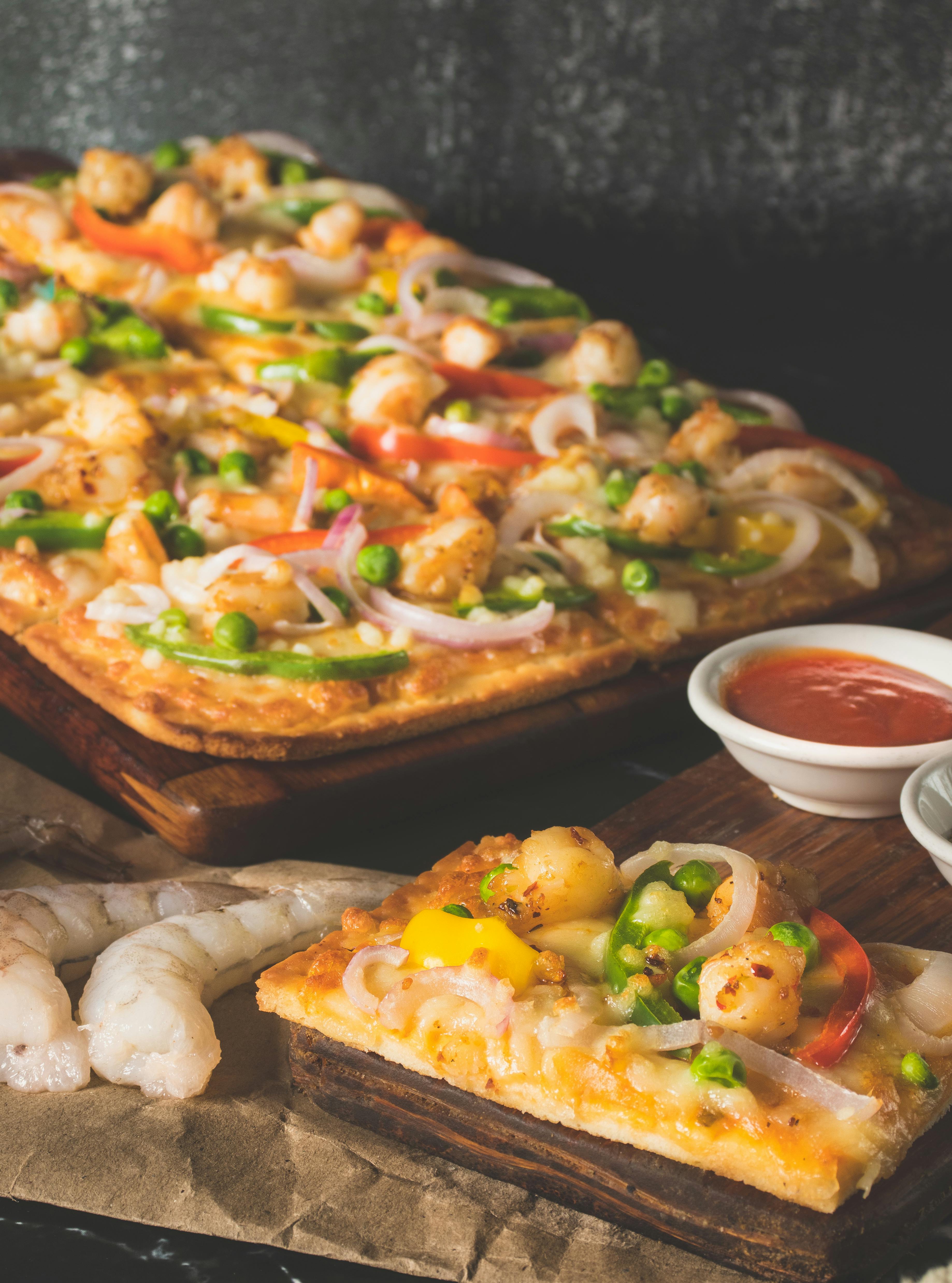
Indio Viejo
Overview
Indio Viejo is a comforting and hearty stew that combines tender beef, cornmeal, tomatoes, onions, and a blend of spices. This traditional Nicaraguan dish is a testament to the country’s indigenous heritage and showcases the versatility of corn, a crop that holds immense cultural significance in Nicaragua.
Ingredients
To make Indio Viejo, you will need beef, tomatoes, onions, bell peppers, garlic, beef broth, cornmeal, achiote paste, oregano, salt, pepper, and vegetable oil. Additionally, some recipes call for olives and capers to add a tangy flavor.
Preparation
Start by sautéing chopped onions, bell peppers, and garlic in vegetable oil until they are soft and fragrant. Add the beef and cook until it is browned. Then, add diced tomatoes, beef broth, achiote paste, oregano, salt, and pepper. Let the stew simmer for a while until the flavors meld together. In a separate bowl, mix cornmeal with water to create a paste. Gradually add the cornmeal mixture to the stew, stirring continuously until it thickens. Let it simmer for a bit longer until the beef is tender and the flavors have melded together. Serve it hot with tortillas or rice.
Significance
Indio Viejo is not just a meal; it is a piece of Nicaraguan history. The use of cornmeal in this dish pays homage to the indigenous communities that have cultivated and relied upon corn for centuries. Indio Viejo showcases the versatility of corn and the cultural connection that Nicaraguans have with this staple crop.
Nacatamal
Overview
Nacatamal is a beloved Nicaraguan dish that is often enjoyed on special occasions. Similar to a tamale, Nacatamal is made with masa, a dough made from ground corn, and is filled with a variety of ingredients such as pork, rice, and vegetables. The tamale is wrapped in a banana leaf and steamed until it is tender and flavorful.
Ingredients
To prepare Nacatamal, you will need masa harina (corn flour), pork, onions, bell peppers, garlic, tomatoes, rice, potatoes, carrots, green beans, achiote paste or annatto powder, cumin, salt, pepper, and banana leaves for wrapping.
Preparation
The preparation of Nacatamal is labor-intensive, but the end result is well worth the effort. Start by sautéing chopped onions, bell peppers, and garlic until they are soft and fragrant. In a separate pot, cook the pork until it is tender and then shred it into small pieces. Combine the sautéed vegetables, shredded pork, cooked rice, diced potatoes, carrots, green beans, achiote paste or annatto powder, cumin, salt, and pepper in a large bowl. Mix everything together until well combined.
To assemble the Nacatamal, spread a thin layer of masa onto a soaked banana leaf. Place a generous amount of the filling in the center and fold the banana leaf over to enclose the filling. Secure the Nacatamal with string or a strip of banana leaf. Steam the Nacatamal for about 2-3 hours until the masa is firm and the flavors have melded together. Serve it hot with a side of pickled onions and enjoy this delectable Nicaraguan delicacy.
Significance
Nacatamal is deeply rooted in Nicaraguan culture and traditions. It is often prepared for special occasions and celebrations, bringing families and friends together. The intricate process of making Nacatamal represents the love and care that goes into creating a dish that is not only delicious but also symbolizes unity and togetherness.
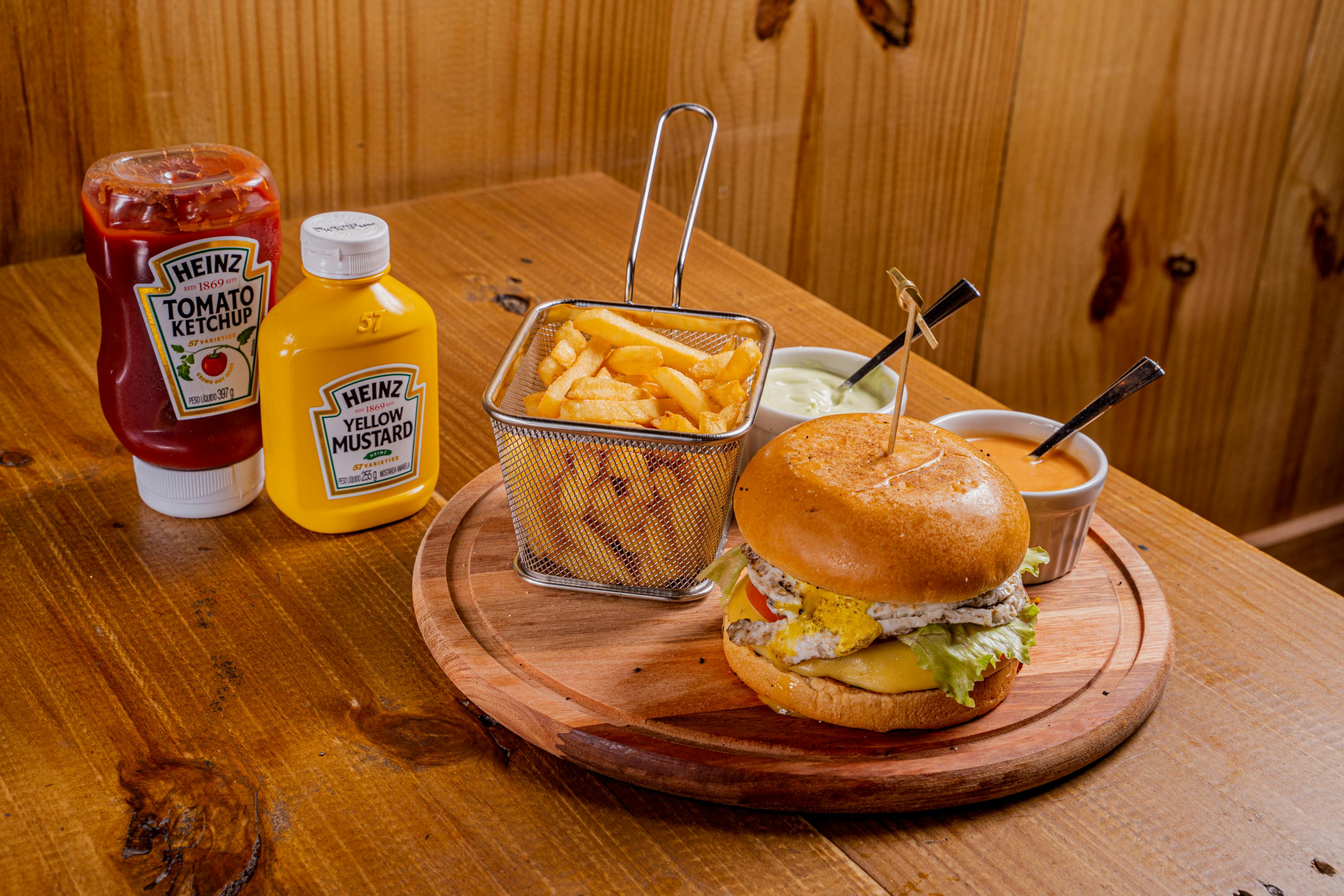
Vigorón
Overview
Vigorón is a popular street food in Nicaragua that combines juicy cuts of pork, yuca, and a cabbage salad. This simple yet flavorful dish offers a burst of contrasting textures and flavors, making it a true Nicaraguan delight.
Ingredients
To prepare Vigorón, you will need pork, yuca (cassava), cabbage, tomatoes, onions, bell peppers, garlic, lemon or lime juice, vinegar, salt, pepper, and vegetable oil.
Preparation
The preparation of Vigorón involves cooking the pork to perfection, boiling the yuca until it is tender, and preparing a zesty cabbage salad. Start by marinating the pork with a mixture of salt, pepper, garlic, and vinegar. Allow it to marinate for a few hours or overnight to enhance the flavors. Grill the pork until it is juicy and golden brown.
In a separate pot, boil the yuca until it is tender, then drain it and let it cool. Once the yuca has cooled, cut it into bite-sized pieces. To prepare the cabbage salad, finely shred cabbage, and mix it with diced tomatoes, onions, bell peppers, lemon or lime juice, salt, and pepper.
To assemble Vigorón, place a generous amount of cabbage salad on a plate, top it with a portion of yuca and a serving of grilled pork. Drizzle it with some vegetable oil, and you have a delightful combination of flavors and textures.
Significance
Vigorón represents the vibrancy of Nicaraguan street food culture. It is a dish that can be enjoyed on the go, perfect for a quick and delicious snack. The combination of tender pork, starchy yuca, and zesty cabbage salad showcases the diverse flavors and ingredients that are harvested in Nicaragua.
Yuca con Chicharrón
Overview
Yuca con Chicharrón is a popular Nicaraguan dish that combines crispy fried pork belly and tender yuca. The contrast between the crunchy chicharrón and the soft yuca makes this dish a favorite among locals and visitors alike.
Ingredients
To make Yuca con Chicharrón, you will need pork belly, yuca, garlic, orange juice, oil for frying, salt, and pepper.
Preparation
Start by marinating the pork belly in a mixture of garlic, orange juice, salt, and pepper. Let it marinate for at least an hour to allow the flavors to infuse into the meat. After marinating, fry the pork belly in hot oil until it is crispy and golden brown.
In a separate pot, boil the yuca until it is tender. Drain the yuca and let it cool slightly. Cut the yuca into bite-sized pieces and fry them until they are golden brown and crispy on the outside. Drain the excess oil and season the yuca with salt. Serve the crispy chicharrón and fried yuca together for a delightful combination of textures and flavors.
Significance
Yuca con Chicharrón is a testament to the Nicaraguan love for fried treats. This dish exemplifies the country’s culinary creativity and the ability to transform simple ingredients into a flavorful and satisfying meal. Yuca and pork belly are both widely available in Nicaragua, making Yuca con Chicharrón a popular dish among locals and visitors alike.
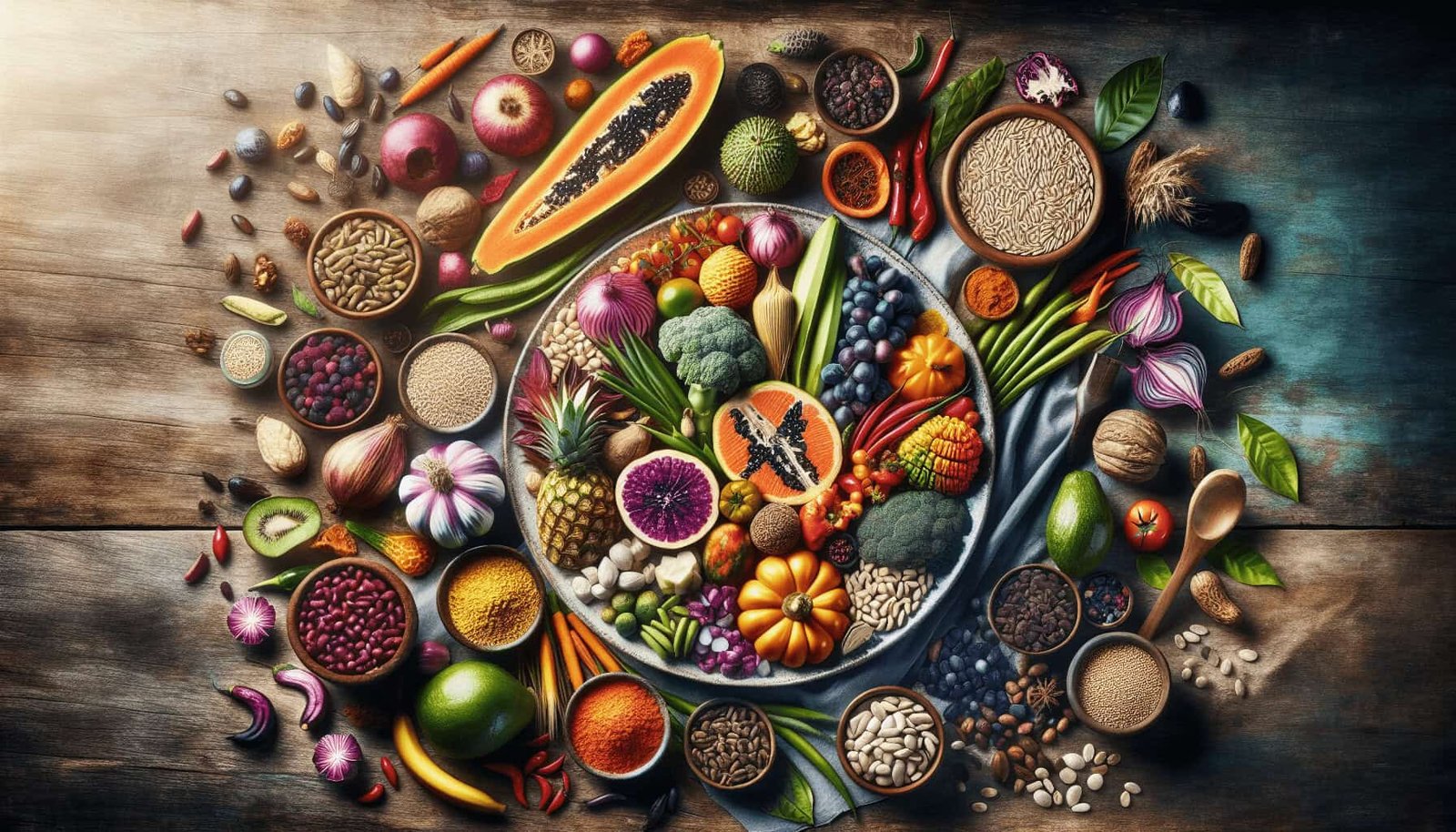
Baho
Overview
Baho is a traditional Nicaraguan dish that is often reserved for festive occasions and large gatherings. This flavorful and aromatic dish consists of layers of marinated meat, plantains, yuca, and vegetables, all cooked together in a banana leaf package.
Ingredients
To prepare Baho, you will need beef, plantains, yuca, onions, bell peppers, garlic, tomatoes, sour orange juice or lime juice, cumin, bay leaves, salt, pepper, and banana leaves for wrapping.
Preparation
The preparation of Baho is a labor of love. Start by marinating the beef in a mixture of sour orange juice or lime juice, onions, bell peppers, garlic, cumin, salt, and pepper. Let it marinate for at least a few hours to allow the flavors to infuse into the meat.
In a large pot, arrange layers of sliced plantains, yuca, marinated beef, and vegetables. Add bay leaves and additional marinade for enhanced flavor. Wrap everything in banana leaves, forming a tight package. Place the package in the pot and add enough water to cover it. Simmer the Baho on low heat for several hours until the meat is tender and the flavors have melded together.
Once cooked, carefully unwrap the banana leaves and serve the tender meat, plantains, yuca, and vegetables. Baho is traditionally enjoyed with a side of pickled onions and achiote-infused rice.
Significance
Baho is a dish that represents celebration and togetherness. It requires careful preparation and patience, making it a staple for festive occasions where family and friends come together to enjoy a traditional feast. The combination of marinated meat, plantains, yuca, and vegetables cooked in banana leaves showcases the depth of flavors and the culinary traditions of Nicaragua.
Rondón
Overview
Rondón is a seafood stew that embodies the coastal flavors of Nicaragua. This hearty dish combines a variety of seafood, such as fish, shrimp, crab, and lobster, with root vegetables, plantains, and coconut milk, resulting in a flavorful and aromatic delight.
Ingredients
To make Rondón, you will need fish fillets, shrimp, crab, lobster tails, onions, bell peppers, garlic, tomatoes, plantains, yuca, potatoes, carrots, coconut milk, salt, pepper, thyme, cilantro, and vegetable oil.
Preparation
Start by sautéing chopped onions, bell peppers, and garlic until they are soft and fragrant. Add diced tomatoes and cook until they are softened. Add coconut milk, thyme, salt, and pepper, and let the mixture simmer for a while to allow the flavors to meld together.
In a separate pot, bring water to a boil and add fish fillets, shrimp, crab, and lobster tails. Cook until the seafood is tender and fully cooked. Remove the seafood from the pot and set it aside. In the same pot, add plantains, yuca, potatoes, and carrots. Cook until the vegetables are tender.
To assemble Rondón, place a generous serving of the simmering coconut milk mixture in a bowl. Add the cooked seafood, root vegetables, and sliced plantains. Garnish with cilantro and serve this delectable seafood stew hot.
Significance
Rondón pays tribute to the coastal communities of Nicaragua and their close connection to the sea. The abundance of fresh seafood and the use of coconut milk in this stew reflects the coastal flavors and the culinary traditions of this region. Rondón is a dish that embodies the spirit of coastal living and the rich biodiversity that is found in Nicaragua’s waters.
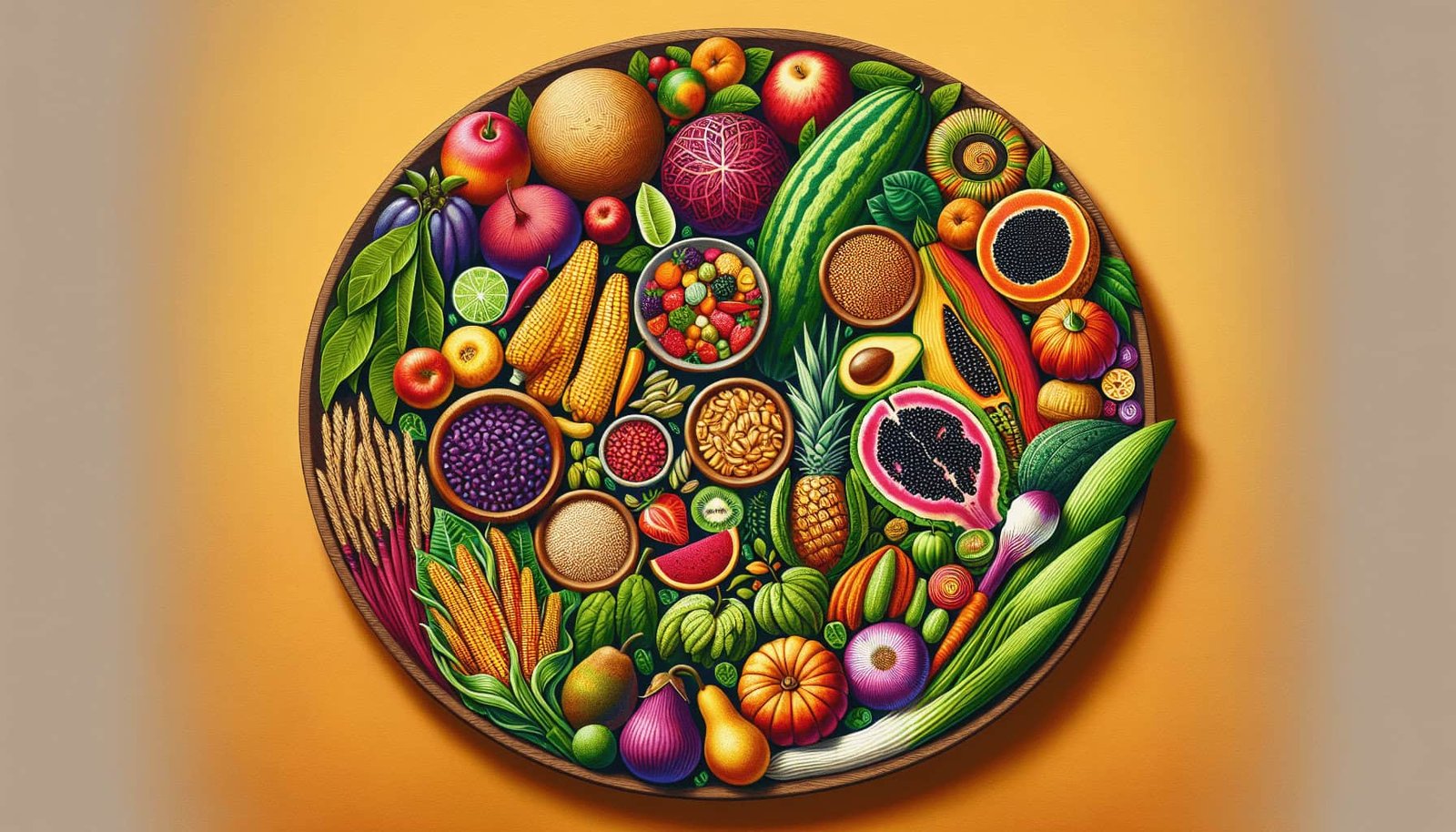
Tajadas
Overview
Tajadas is a simple yet delicious dish that showcases one of Nicaragua’s most beloved ingredients – plantains. This traditional dish consists of thinly sliced and fried plantains, typically served as a side dish or a snack.
Ingredients
To make Tajadas, you will need ripe plantains, oil for frying, salt, and any desired seasonings or spices.
Preparation
Start by peeling the plantains, and then slice them into thin strips or rounds. Heat oil in a pan or deep fryer and carefully add the plantain slices. Fry them until they are golden brown and crispy on the outside. Once fried, transfer the Tajadas to a paper towel-lined plate to drain excess oil. Season with salt or any desired seasonings or spices.
Significance
Tajadas may seem simple, but they are an integral part of Nicaraguan cuisine. Plantains are widely grown in the region, and Tajadas showcase the versatility of this fruit. Whether served as a side dish or as a snack, Tajadas provide a delightful crunch and a burst of flavor that perfectly complements other Nicaraguan dishes.
In conclusion, Nicaraguan cuisine is a vibrant tapestry of flavors, colors, and textures. From the humble Gallo Pinto to the intricate Baho, each dish reflects the country’s rich agricultural biodiversity and deep-rooted culinary traditions. Whether it’s the combination of rice and beans in Gallo Pinto, the marinated meat and plantains in Baho, or the seafood stew of Rondón, Nicaraguan dishes offer a diverse and exciting culinary experience. These dishes not only satisfy the palate but also tell a story of a country shaped by its crops, beans, meat, fruits, and vegetables. So, the next time you find yourself in Nicaragua, be sure to indulge in these exquisite dishes and savor the flavors that showcase the country’s agricultural bounty.
